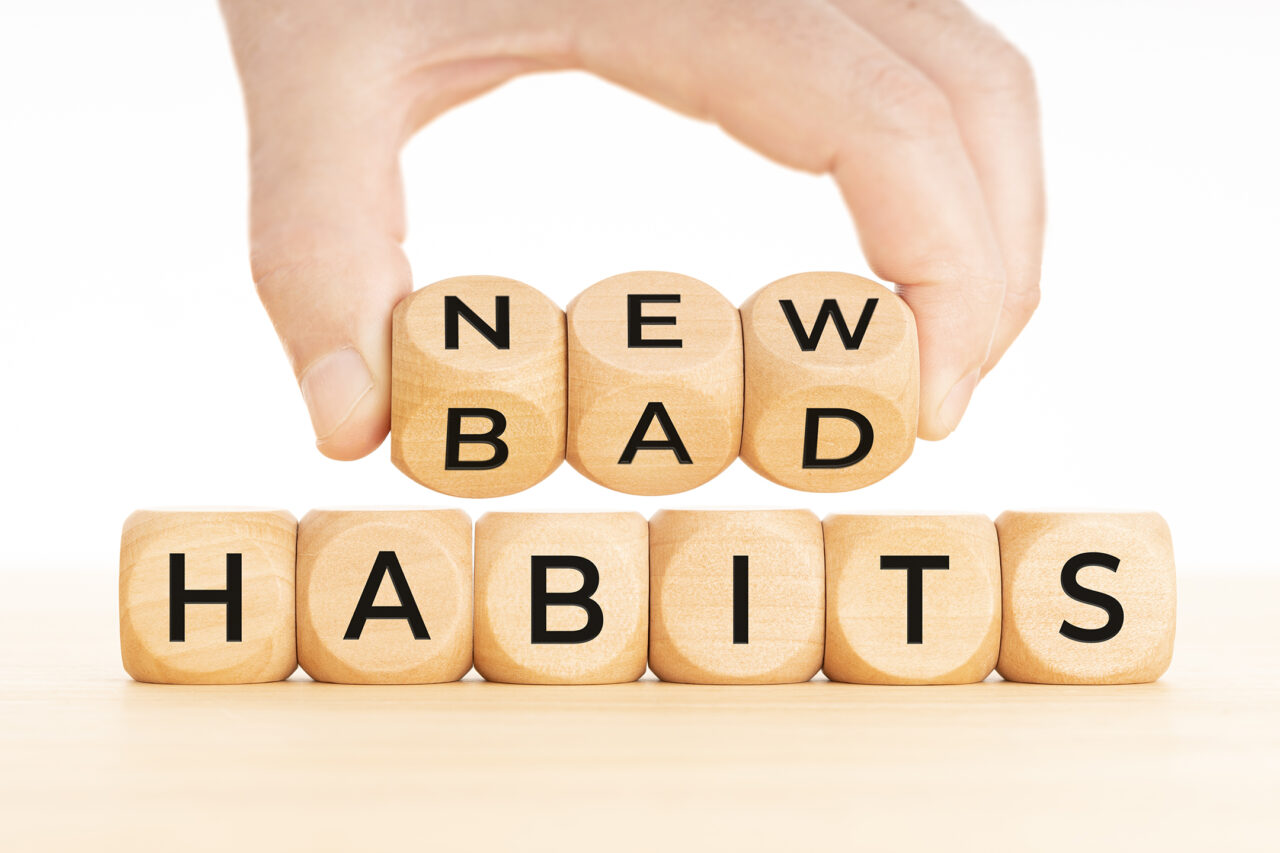

As we enter into this 2nd week of January, our new year’s resolution should be in full swing. Most people are still keeping up with their resolutions. One thing that can help with your (SMART) goal is to understand how habits are formed. In his book, The Power of Habit, Charles Duhigg talks about the science behind habits and ways we can “hijack” our brain into making habits stick. There are three parts to any habit, the cue, the routine, and the reward. Let’s look into these three parts and discuss ways to use them to our advantage.
Much in the same way a bell signals Pavlov’s dog, our “cues” incite us to a behavior (good or bad). After performing the action, a reward is typically triggered in the brain to increase the likelihood that we continue the behavior. These cues can be anything from locations, emotions, people, times, or events. I admit, I have a difficult time going to Mod’s coffee shop because Hey Mikey’s Ice Cream is right next door. I get double rewards (coffee and ice cream). After the cue comes the routine. This is the boring part between the cue and the reward. This is usually the habit we are trying to form. A habit can be as simple as your shower routine or the drive to work. This becomes a mindless action that your body does without using much of the brains processing power. After the routine comes the reward. This is the dopamine rush from a good run, or the alternating hot and cold from your coffee and ice-cream mix in your mouth. The reward connects all three together and tells the brain that the action is a “good” action that should be done again. Studies have shown that with time, the pleasure from the “reward” part of the habit cycle actually peaks at the “cue” part then re-peaks as you receive the reward. This is why even thinking about certain habits can make you feel good.
Warning: Undefined variable $posClass in /home1/mjhnewsc/public_html/wp-content/plugins/ap-plugin-scripteo/lib/functions.php on line 1078
So the question becomes, how do you use this information to help solidify habits? You can do this by making purposeful cues and establishing rewards for afterwards. Set up a solid cue for you to do an action. Such cues could be something as simple as putting your running shoes by your bed, or deciding that you will do 10 pushups every time you close your laptop. The key is to keep it simple. The routine is the habit you want to form. Start small and work your way up (remember our SMART goals?). Finally, pick a reward that you know you will like. Don’t worry about the reward from the action. That can come with time. One study found that 58% of individuals who ate one piece of chocolate after every run kept up the running habit a year later (and stopped eating the chocolate). Understanding how our brain works can help us create positive habits with time.
Warning: Undefined variable $posClass in /home1/mjhnewsc/public_html/wp-content/plugins/ap-plugin-scripteo/lib/functions.php on line 1078


